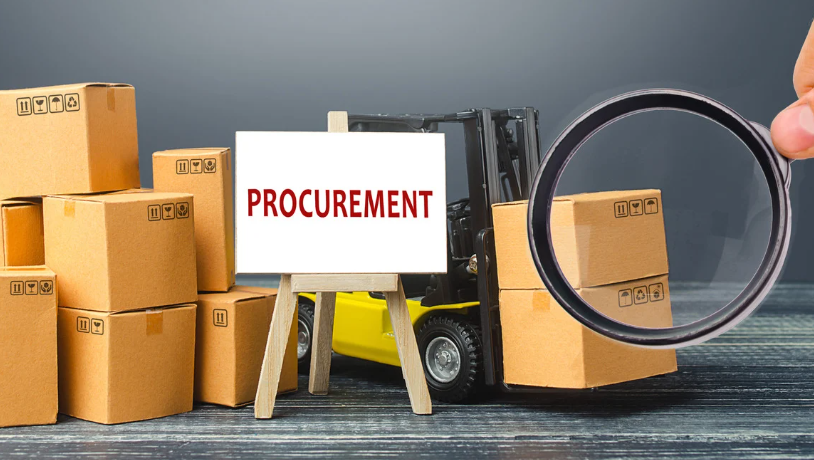Traveling is an exhilarating experience, but it’s crucial to consider the potential risks involved in every journey. As someone passionate about exploring new destinations, I understand the importance of travel risk management in ensuring a safe and enjoyable trip. From unexpected medical emergencies to natural disasters or security threats, being prepared can make all the difference in mitigating potential hazards.
I’ll delve into the world of travel risk management, offering valuable insights and practical tips to help you navigate through uncertainties while traveling. Whether you’re a seasoned globetrotter or planning your first adventure, understanding how to assess risks, plan effectively, and stay informed can significantly enhance your travel experience. Join me as we explore the essentials of travel risk management and empower ourselves to wander the world confidently.
Travel Risk Management
What Is Travel Risk Management?
 Travel risk management is a strategic approach to identifying, assessing, and mitigating potential risks that travelers may encounter during their journeys. It involves proactive planning and preparation to minimize the impact of unforeseen events such as medical emergencies, natural disasters, or security incidents. By implementing robust risk management strategies, travelers can better protect themselves and make informed decisions while exploring new destinations.
Travel risk management is a strategic approach to identifying, assessing, and mitigating potential risks that travelers may encounter during their journeys. It involves proactive planning and preparation to minimize the impact of unforeseen events such as medical emergencies, natural disasters, or security incidents. By implementing robust risk management strategies, travelers can better protect themselves and make informed decisions while exploring new destinations.
Effective travel risk policies are essential for ensuring the safety and well-being of travelers. These policies establish guidelines and procedures to address various risks and provide a framework for responding to emergencies. By having clear protocols in place, organizations and individuals can better respond to crises and protect their personnel or themselves while traveling.
Key Components of Travel Risk Management
Risk Assessment and Analysis
To effectively manage travel risks, it’s essential to conduct thorough risk assessments and analyses before any trip. Assessing potential hazards such as political instability, health concerns, and natural disasters allows me to identify and prioritize risks based on their likelihood and impact.
Communication and Tracking Systems
Incorporating robust communication and tracking systems is vital for proactive risk management during travel. Utilizing tools like GPS tracking devices and real-time communication platforms enhances my ability to stay connected and informed in case of emergencies. These systems enable me to maintain regular contact with my team or loved ones, ensuring swift responses to any unforeseen situations that may arise during my travels.
Challenges in Travel Risk Management
Handling Unexpected Events
 Dealing with unforeseen circumstances is a significant challenge in travel risk management. It requires quick thinking and adaptability to mitigate potential risks effectively. By having contingency plans in place for various scenarios such as flight cancellations, medical emergencies, or natural disasters, travelers can better navigate unexpected events.
Dealing with unforeseen circumstances is a significant challenge in travel risk management. It requires quick thinking and adaptability to mitigate potential risks effectively. By having contingency plans in place for various scenarios such as flight cancellations, medical emergencies, or natural disasters, travelers can better navigate unexpected events.
Adhering to international laws and regulations poses a challenge in travel risk management. Different countries have varying legal requirements, visa regulations, and safety standards that travelers must comply with. Failure to abide by these laws can result in legal consequences, fines, or even imprisonment. Staying informed about the specific laws of the destination countries, obtaining the necessary permits, and following local customs are essential aspects of ensuring legal compliance during travel.
Implementing a Travel Risk Management Plan
Steps to Develop a Comprehensive Strategy
 When establishing a travel risk management plan, I prioritize developing a comprehensive strategy by first conducting thorough risk assessments. I identify potential hazards and assess their likelihood and impact, allowing me to prioritize risks and allocate resources effectively. I then create customized mitigation strategies tailored to address specific risks, ensuring a proactive approach to managing potential threats during travel.
When establishing a travel risk management plan, I prioritize developing a comprehensive strategy by first conducting thorough risk assessments. I identify potential hazards and assess their likelihood and impact, allowing me to prioritize risks and allocate resources effectively. I then create customized mitigation strategies tailored to address specific risks, ensuring a proactive approach to managing potential threats during travel.
In ensuring comprehensive travel risk management, I recognize the importance of training employees on safety protocols. I conduct regular training sessions to educate team members on emergency procedures, first aid techniques, and communication protocols in the event of unforeseen circumstances. By equipping employees with essential safety knowledge, I empower them to respond effectively to emergencies and contribute to a safe travel environment.


